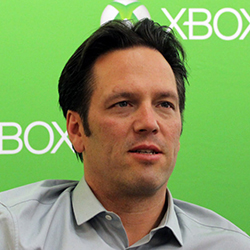Redfall didn’t look impressive during its marketing campaign, but it was hard to imagine that the game would turn out to be so fundamentally flawed. Let’s dive deep into its systems and compare them to some of the core pillars of Arkane’s game design.

Launched on May 2, Redfall received mixed reviews from critics, getting an average score of 57/100 on Metacritic — the lowest rated game in the history of Arkane Studios. It was also criticized by Steam users and only peaked at 6,124 concurrent players, which is a poor start for any AAA title, particularly for a co-op shooter aiming for high engagement.
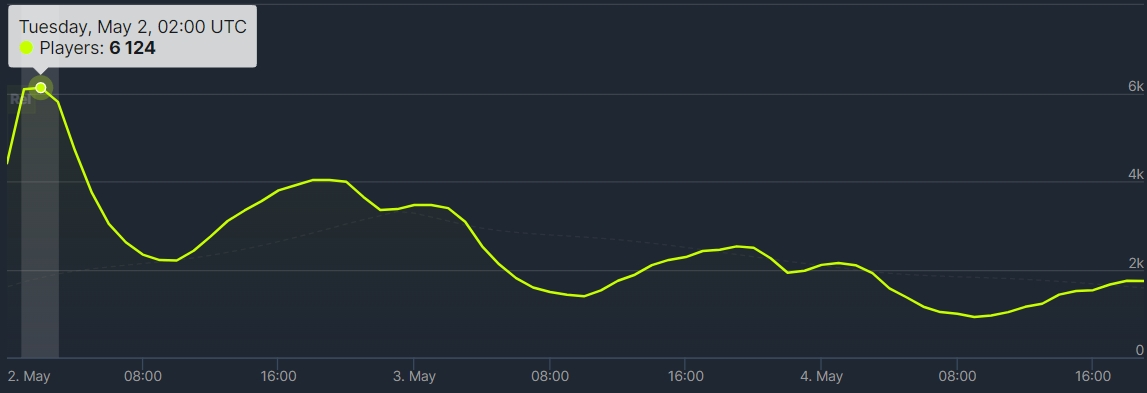
Bugs can be fixed, some gameplay elements might be improved in theory, but Redfall seems broken at its core. It just doesn’t feel like an Arkane project at all, looking more like another failed attempt to adopt the live service model initiated by a AAA game corporation.
And that’s especially disappointing given Arkane’s portfolio and design philosophy, as well as the fact that Redfall is co-directed by Harvey Smith and Ricardo Bare, the studio’s veterans with impressive track records.
Both of them contributed to the company’s most acclaimed titles like the Dishonored series. Smith, who is now the studio director at Arkane, began his career at Origin Systems and Ion Storm where he worked on games such as System Shock, Deus Ex, and Thief. Bare also helped design the first two Deus Ex projects.
So what went wrong?
It is easy to say “Everything”, but we still don’t know much about what was going on inside the team during development. What we can do though is take a look at Arkane’s 20 game design pillars that the studio broke down for Game Informer back in 2016. Some of them were laid out specifically for Prey. However, there are still quite a few fundamental rules that Arkane for some reason neglected when creating Redfall.
“Simulated world”
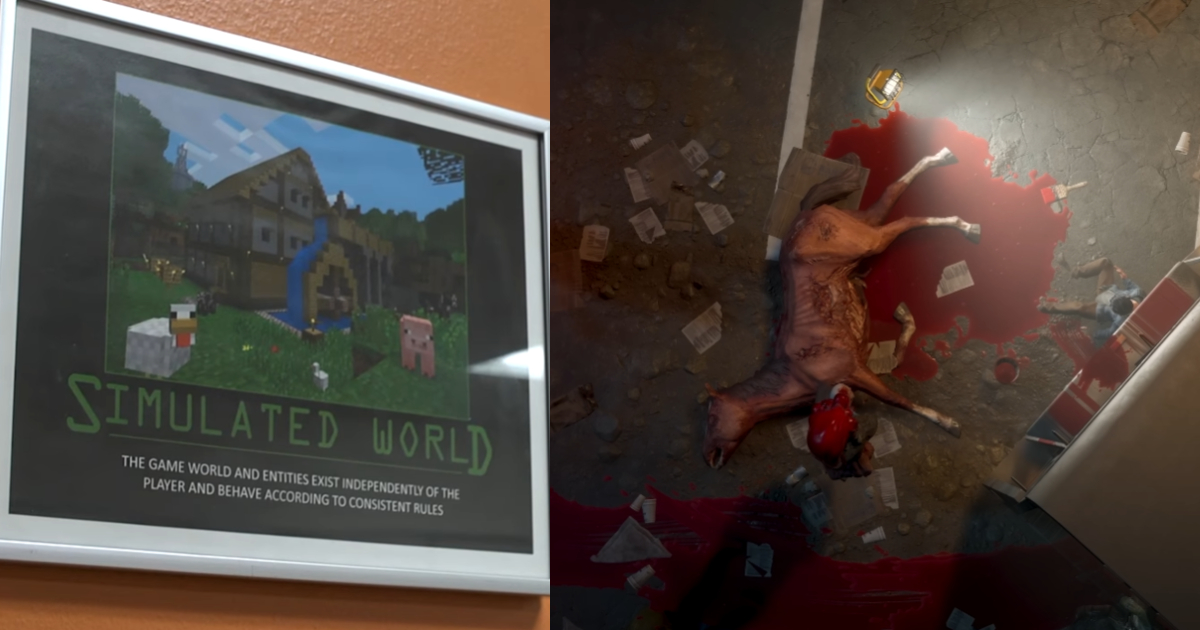
“The game world and entities exist independently of the player and behave according to consistent rules”
Crafting a rich open world with various simulations is far from a trivial task. But the only thing that Redfall does great at simulating are dull empty spaces filled with enemies that often just don’t care about the player and their actions at all. To see a game from the creators of Dishonored that is so unresponsive, with such non-reactive gameplay systems, is really frustrating.
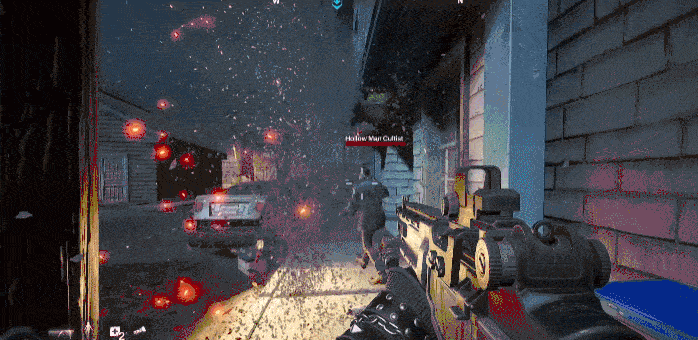
One of many examples of enemy AI behavior in Redfall (Source: Oyff)
So that signature “simulated world” with “consistent rules” that Arkane has always tried to create in the past is nowhere to be found in Redfall. “We make games where the world itself is as important as the characters,” Ricardo Bare said in one of the promo videos, adding that this will be the studio’s “largest setting ever.”
But what is the point of making a large world if the player has to run miles through empty locations between points of interest, encounter enemies that look bored and surprisingly lethargic for sinister cultists and vampires, and even take some fetch quests from time to time?
It is hard to believe that a studio known for designing complex levels and immersive worlds could come up with something so generic and plain. Although Arkane promised to stick to its key design pillars and deliver a detailed, hand-crafted world, the reality turned out to be really harsh.
And that 0451 easter egg, unfortunately, may be the only thing that links Redfall to its immersive sim predecessors.
“F*** ladders”

“You’d just fall to your death anyway”
Of course, ladders are not Redfall’s biggest problem. Some might also argue that Arkane itself has used them before, for example in Dark Messiah of Might and Magic.
But the truth is that classic vertical ladders in first-person games can be a very annoying element, and Raphael Colantonio, founder and former president of Arkane, had a perfect explanation for why the studio doesn’t like to use them:
We like the player to be able to always have their weapon in the hands or always be able to cast a power. So as soon as you're going on a ladder, suddenly you're in a mini mode. Your hands are there and you can't do everything. You try to turn your head but you're stuck. The other reason is that they're hard to make. A lot of people fall from ladders. founder of Arkane Studios
Bare, for example, recalled that at the time when he was working on one of the Deus Ex games players statistically were dying the most by falling from ladders.
“The true question in architecture is, how many ladders have you climbed in the past 10 years? Not that many,” Colantonio added.
But why is this element featured in Redfall?
As Arkane explained during a Q&A session on Discord, the game takes place in the real world, and “this world has ladders.” The studio noted that they were designed as another option for players to approach different places. “Layla’s Lift and Devinder’s Translocate can be helpful for getting around quickly, but they’re not always the stealthiest approach methods,” the message reads. “Sometimes you just want to quietly sneak up to a rooftop.”
Ladders themselves are not a problem. The issue is that in Redfall, they don’t always enable new exploration options or give players a clear vertical advantage over enemies. After all, there were plenty of other ways to make the process of traversing the map more exciting and fun, especially when characters can have supernatural abilities.
“Environmental storytelling”

“Invite players to create stories through interpretation”
Environmental storytelling is something not all players enjoy, but it has always been one of the integral parts of games with immersive sim elements. So it is no surprise that Arkane used a screenshot from BioShock Infinite‘s opening sequence to illustrate this game design pillar.
In the Q&A session mentioned above, the studio noted that this element is still “incredibly important to the team.” The biggest challenge with Redfall was that the open world structure made it harder for developers to control whether players discover those story pieces.
“The nature of missions allowed us to do a little more of that signature style of storytelling, to weave in emergent gameplay, and maintain the freedom of approach that players are used to,” Arkane said. “But we also invested heavily in the open world as well and you’ll find the same types of gameplay off the beaten path.”
Redfall tries to tell stories through the environment here and there, but random audio logs and sometimes poorly written notes, as well as murder scenes with dead bodies don’t add too much to Redfall’s world or the main story. This type of storytelling works in games like Dishonored because the setting itself is interesting and rich, making little details found in the environment a nice addition to the lore.

Cinematics in an Arkane game in 2023 be like…
On top of that, the co-op nature of Redfall and its mission structure prevents players from diving deep into the game so that those environmental storytelling elements would be more meaningful. Not to mention that its main story is not that intriguing or immersive, especially with all those non-animated slideshows instead of full-fledged cutscenes and NPCs that feel more like static talking heads rather than interesting characters.
“Improvisation”
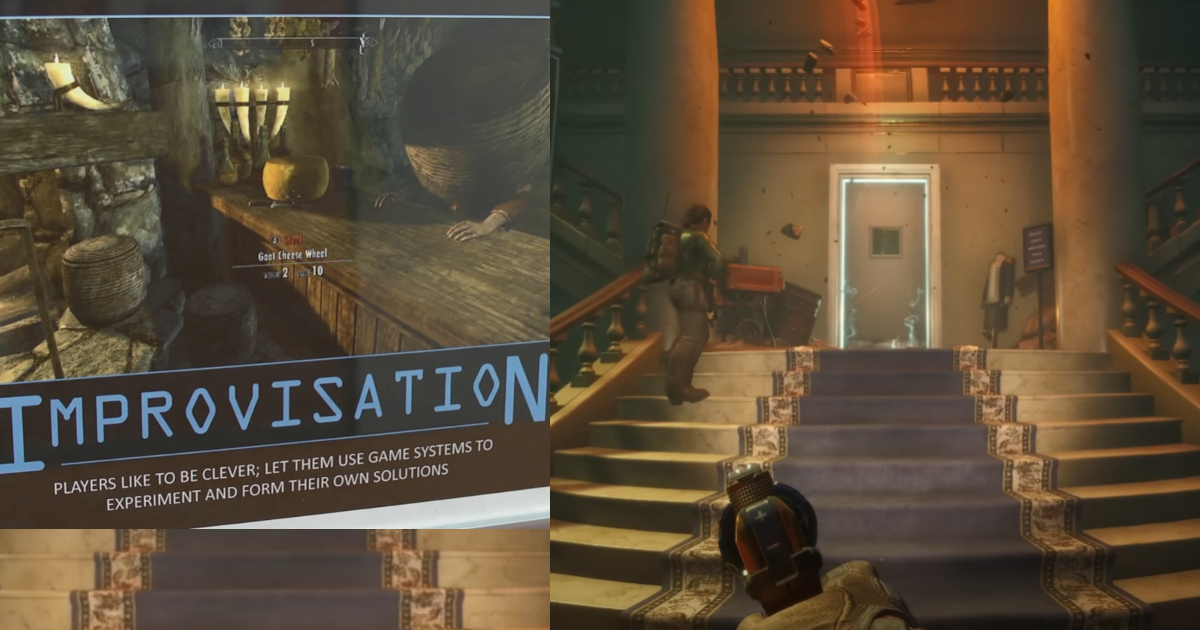
“Players like to be clever; let them use game systems to experiment and form their own solutions”
This game design pillar is interconnected with Arkane’s other rules like “Intentionality” (allowing the player to formulate a plan based on certain information), “Multiple paths” (creating verticality and additional entry points to one location), and “Say yes to the player” (letting them do something if it sounds like fun).
All these elements combined add depth to gameplay and make the entire experience more diverse and enjoyable. Although classic Arkane projects might seem too complex for casual players, they always had a relatively low barrier to entry, but at the same time encouraged users to experiment with mechanics by gradually learning the systems that a certain virtual world is based on.
We make an effort to bring whatever hardcore gamers like to the surface for more people. At the end of the day, it's not so much the complexity that matters in a game, it's the depth. Hardcore games in most people's minds are complex and deep. But nobody wants complexity, not even hardcore players. founder of Arkane Studios
Unfortunately, Redfall ignores all of these core pillars, making it difficult to consider it a full-fledged Arkane project. Despite its large scale, there is no room for creative solutions or improvisation.
If you need to enter a building, don’t expect to find a hidden path or get into it through the roof or the basement. If you see a locked door, don’t think it was designed to be broken or hacked, especially when developers oblige you to find a certain key. Most missions in Redfall are straightforward to the point that Arkane doesn’t seem to want players to feel clever anymore.
Arkane could be praised for trying to combine its signature game design approach with the distinctive features of opern world titles. But for a co-op shooter, Redfall has inexcusably poor gunplay that feels neither challenging nor fun, and for a classic Arkane game, it just doesn’t offer players deep systems or enough creative freedom.
Microsoft Gaming CEO Phil Spencer has responded to Redfall’s failed launch in a new episode of the Kinda Funny Games podcast, saying that he is upset with himself. He even promised to “revist our process” so that the Xbox community wouldn’t be disappointed with the company’s future game releases.
There's clearly quality and execution things we can do, but one thing I won't do is push against creative aspirations of our teams. Then a lot of people will say, hey, you've got teams, teams know how to do one kind of game, just force them to go do the one kind of game they have a proven track record for. I'm just not a believer in that. CEO of Microsoft Gaming
What it means is that Specner, as the head of the gaming division, wants to keep offering Xbox’s first-party studios as much creative freedom as possible. At the same time, he apologized for Redfall’s quality, saying that Arkane Austin just “didn’t hit their own internal goals when it launched.”
Not all Arkane games were commercially successful at launch, but it still feels like a weird creative and managerial decision to abandon its core values and design philosophy in pursuit of an already oversaturated niche. Even with the departure of Raphael Colantonio and some other experienced leads, the studio still has enough talented people on board. Generic co-op titles marketed as some “deep story-driven shooters” are just not what players want from a studio like Arkane.


